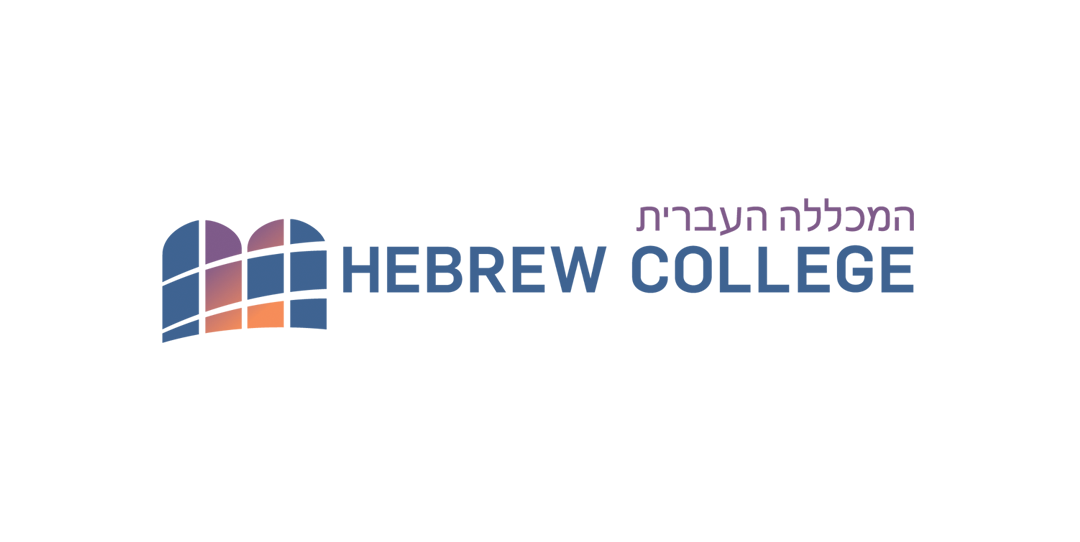Community Blog What We Bring, What We Take

I have counseled many adults with work, family or other obligations to enroll in Me’ah, to enjoy learning the compelling story of the Jewish people with outstanding scholars. I tell them that assigned readings deepen understanding, but our instructors know how to teach busy adults who have no time to prepare for class. Finally, I have heeded my own words. I have carved out three hours one evening a week for Me’ah.
Like every other adult learner, I bring my own story to the classroom. In terms of Jewish education, I fall somewhere in the category of those who have had significant schooling. But I took my master’s from the Jewish Theological Seminary long ago. And even that experience does not compare to Me’ah, which provides a comprehensive sweep of history. A more recent chapter of my life entailed in-depth study — and teaching — of character and ethics education. So, these are the lenses I wear, what I bring, to the Me’ah experience.
Last night, as Bible instructor Marc Brettler brought to life Amos, Jeremiah, Ezekiel and Isaiah, we contemplated not only how these prophets came to their roles as God’s messengers and the contexts they navigated, but also “Right vs. Rite.” Supporting the argument that morality in interpersonal conduct trumps attention to ritual are quotes from the prophets. In the Babylonian Talmud, Tractate Makkot 23b-24a, we see the boiling down of 613 mitzvot (enumerated first by R. Simlai, who noted that there are 365 negative mitzvot and 248 positive mitzvot, corresponding to the number of days in a solar calendar year and number of limbs in the human body, respectively) to fewer and fewer principles. Ritual is totally missing from Isaiah’s “six,” Micah’s “three,” Isaiah’s “two” (keep justice and do righteousness), and Amos’ “one.” My take, given my view toward ethics in faith traditions: While rite may in some cases ensure morality in human interactions, the way we treat others as a matter of course is what ultimately matters.
The talmudic argument includes an interpretation of Amos’ words, “For thus saith the Lord unto the house of Israel, Seek ye Me and live.” Habakuk read this boiled-down principle to mean, “But the righteous shall live by his faith.” During our class break, a colleague — a social worker who is engaged in teaching in our Parenting Your Teen Through a Jewish Lens program — shared with me her exciting “take.” She will introduce Habakuk’s principle and ask her adult students to consider their own faith. What do they believe and what do they transmit to their teenagers?
I am fascinated by what people bring to the Me’ah classroom. Enrolled in the program are physicists and psychologists, artists and teachers, engineers and business owners. There are immigrants from Russia, Israel and other countries. There is a woman who attended Catholic school and studied Zen Buddhism. And there is a father who spent many of his Hebrew school hours in the principal’s office, who wants a different experience for his children.
Each adult learner brings to the program his or her own world view and story. How I wish I could speak with them all, and learn what they are taking from their Me’ah journeys.

